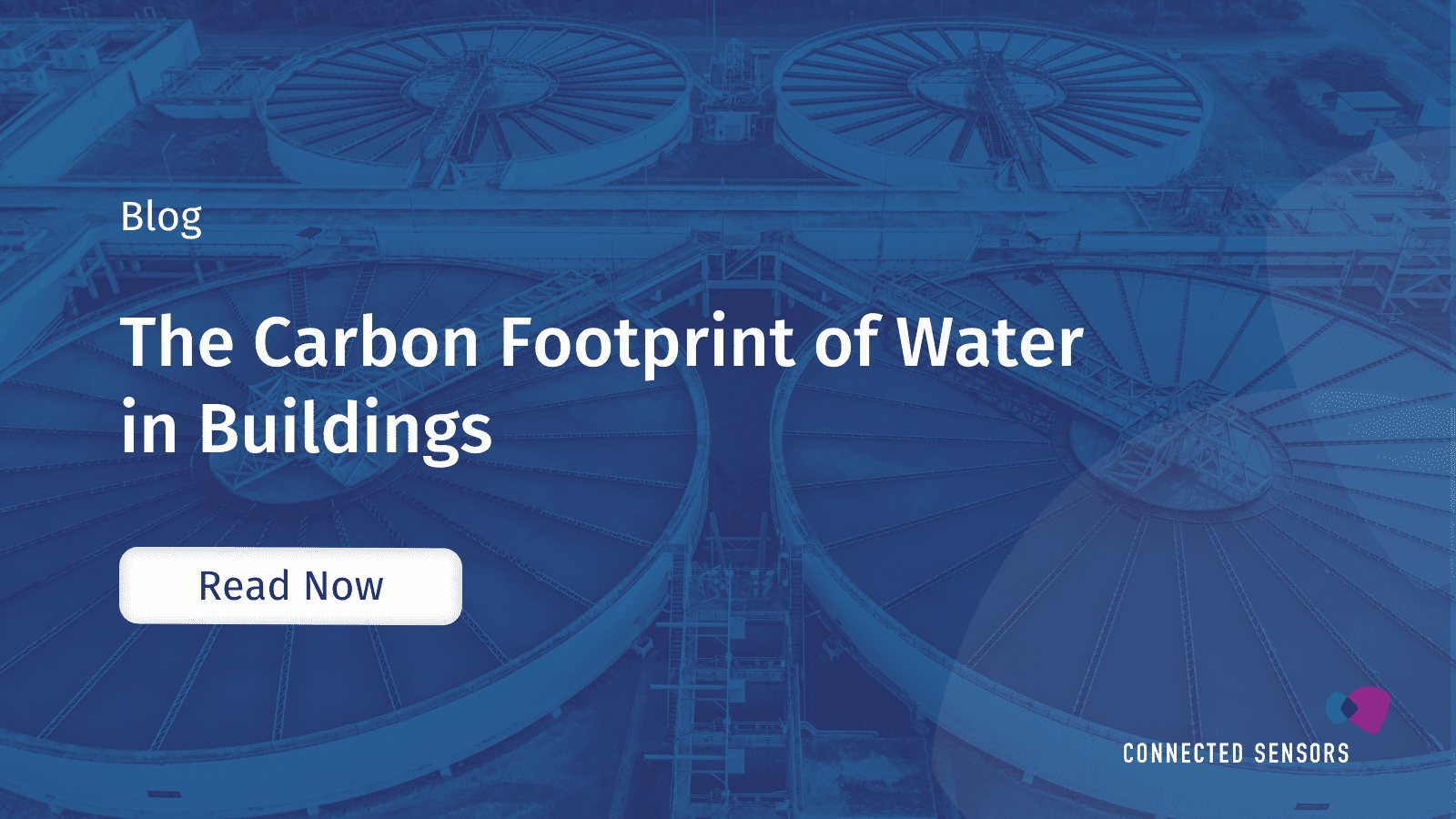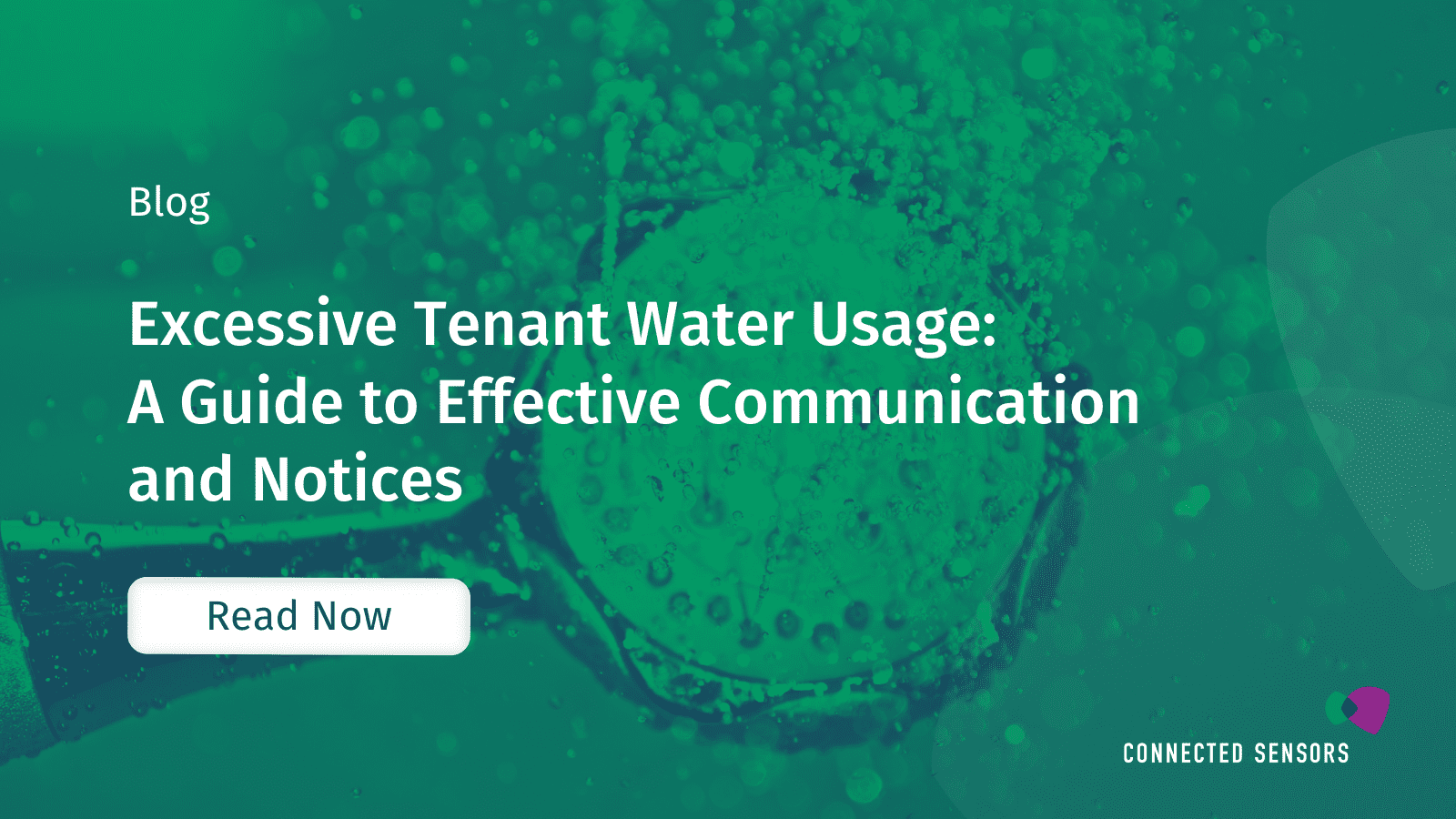





Water damage poses a significant and often underestimated threat to landlords. In fact, 14% of commercial property insurance claims are attributed to water damage. These incidents can stem from various sources, including burst pipes, roof leaks, or even natural disasters like flooding from heavy rains. Water damage can result in substantial repair expenses and disrupt the lives of both landlords and tenants, potentially leading to costly and protracted disputes.
To safeguard your property and financial investment, having a comprehensive understanding of water damage insurance is paramount. This guide will explore everything landlords need to know about water damage insurance, from coverage options to claim processes.
Standard homeowners insurance policies typically cover sudden and accidental water damage that occurs inside your property. This coverage is crucial for burst pipes, leaking appliances, or roof leaks. However, it’s important to note that the range may come with deductibles and coverage limits, and it often excludes certain types of water damage, such as flooding or sewer backups. Review your policy carefully to ensure you’re adequately protected, and consider supplemental coverage if needed.
Flood insurance is a separate policy specifically designed to cover damage caused by flooding, including natural disasters like hurricanes, heavy rainfall, or rising water from nearby bodies of water. The availability and process of obtaining flood insurance may vary between the United States and Canada.
In the United States, you can obtain flood insurance through the National Flood Insurance Program (NFIP) or private insurance companies. Some areas, especially those in high-risk flood zones, may require property owners to have flood insurance.
In Canada, flood insurance is typically offered by private insurance companies. To obtain flood insurance in Canada, you must contact insurance providers and inquire about their policies and coverage options for flood-related risks. Similar to the United States, the availability and need for flood insurance may vary based on your property’s location and susceptibility to flooding.
Your property’s location plays a significant role in determining your insurance needs for water damage coverage. To assess the risk of flooding, you can consult relevant flood risk maps and resources provided by local authorities or insurance professionals knowledgeable about your area’s specific flood risks. Understanding the flood zone classification and historical data can help you make informed decisions about obtaining flood insurance.
Your property type can also influence your water damage insurance needs. For instance, a single-family home may have different vulnerabilities than an apartment building or a commercial property. Consider the unique features and potential sources of water damage for your property type to tailor your insurance coverage accordingly.
Establishing clear responsibilities for your tenants regarding water usage and maintenance can help prevent water damage and streamline the claims process if it occurs.
The following guidelines help establish clear expectations, reducing the risk of water damage and fostering a cooperative approach to property maintenance.
Reporting Leaks: Tenants should be instructed to promptly report any water leaks, drips, or signs of water damage to the landlord or property management.
Proper Appliance Use: Specify the correct usage of appliances like washing machines, dishwashers, and water heaters to prevent water-related mishaps.
Water-Saving Practices: Encourage water-saving practices, such as turning off taps tightly, fixing dripping faucets promptly, and not leaving taps running unnecessarily.
Appliance Maintenance: Outline tenant responsibilities for maintaining appliances, including regularly cleaning filters and checking for leaks.
Use of Drain Stoppers: Tenants should use appropriate drain stoppers to prevent blockages and avoid pouring grease or other substances down drains.
Notifying About Repairs: Inform tenants about the procedure for notifying the landlord or property management of needed repairs or maintenance related to plumbing or water fixtures.
Emergency Contacts: Provide emergency contact information for situations requiring immediate attention, such as burst pipes or flooding.
Water Shut-off Valves: Educate tenants on the location and use of water shut-off valves in emergencies.
Prohibitions: Specify prohibited activities or installations, such as tampering with plumbing or installing water-related fixtures without permission.
Responsibility for Personal Belongings: Clarify that tenants are responsible for protecting their personal belongings from potential water damage, and they may consider renters’ insurance for this purpose.
Compliance with Local Regulations: Emphasize that tenants must comply with local water conservation regulations and building codes.
Maintenance of Outdoor Areas: If applicable, outline tenant responsibilities for maintaining outdoor areas, including drainage systems, to prevent water from pooling or flooding.
Understanding the specific water-related perils covered by your insurance policy is crucial. Different policies may vary in terms of what they cover. Common covered hazards include damage from burst pipes, roof leaks, plumbing failures, and other sudden and accidental incidents. Knowing the covered perils will help you assess whether your policy provides adequate protection for potential water damage scenarios.
For example, water damage can often lead to mould growth if not addressed promptly and effectively. While some insurance policies may include coverage for mold remediation resulting from covered water damage, others may have limitations or exclusions. It’s essential to clarify whether your policy provides mold coverage and the conditions under which it applies. If mold is a concern, consider obtaining additional mold insurance or riders to your policy.
Equally important is being aware of any exclusions or limitations within your insurance policy. Policies may exclude damage caused by neglect, gradual water seepage, or certain high-risk areas or activities. Review these exclusions carefully to understand the circumstances under which your coverage may not apply. If necessary, consider supplemental coverage or policy adjustments to address specific concerns.
Understanding the deductible and coverage limits associated with your policy is essential. The deductible is the amount you must pay out of pocket before your insurance coverage kicks in. Coverage limits specify the maximum amount your policy will pay for water damage claims. Ensure you know these details to budget for potential expenses and assess whether your coverage adequately protects your property.
Familiarize yourself with the procedures for filing a water damage insurance claim. Know whom to contact, the required documentation, and the timeline for reporting and resolving claims. Understanding the process can help you act swiftly in case of water damage.
Review your policy’s subrogation rights, which refer to the insurer’s ability to pursue legal action against third parties responsible for the water damage. Knowing your insurer’s stance on subrogation can affect how claims are handled.
Some policies may cover additional living expenses (ALE) if your property becomes uninhabitable due to water damage. This coverage can help tenants temporarily relocate while repairs are made. Understand the extent and duration of ALE coverage, if applicable.
Your policy may include liability coverage for tenant-caused water damage or injuries related to water incidents on the property. Familiarize yourself with the extent of liability coverage and any requirements for claims involving tenants.
Policies can change over time. Be aware of renewal processes and any changes in premiums or coverage. Stay informed about how water damage claims or prior incidents may impact your future premiums.
Some policies may offer discounts or incentives for implementing preventive measures to mitigate water damage risks, such as installing water leak detection systems or improving drainage around the property. Inquire about potential discounts or recommendations from your insurer.
Keep thorough records of your policy documents, correspondence with your insurer, and receipts for water damage repairs or preventive measures. Having organized documentation can simplify the claims process and provide evidence if needed.
When filing a water damage insurance claim, thorough documentation is critical. Gather evidence of the damage, including photographs, videos, and receipts for repairs or replacements. This documentation will serve as crucial evidence during the claims process and help ensure a smoother resolution.
As soon as you discover water damage, it’s essential to contact your insurance company promptly to report the damage and initiate the claims process. Provide all necessary information and be prepared to answer questions from your insurer.
Your insurance company may send an adjuster to assess the extent of the damage. Be cooperative during the inspection and provide access to the affected areas. The adjuster’s evaluation will help determine the scope of coverage and the compensation you may receive.
Once you’ve received approval from your insurer, coordinate the repair process. Hiring licensed professionals to handle repairs and ensure the work is completed according to local building codes and safety standards is essential. Keep records of all repair costs and communicate regularly with your insurer to streamline the reimbursement process.
Water damage insurance is vital to safeguarding your property and finances. By understanding your specific insurance needs, the details of your policy, and the steps involved in filing a claim, you can be well-prepared for potential water-related incidents. Additionally, proactive measures, such as leak and flood prevention systems and tenant education, can help mitigate the risk of water damage and minimize the impact on your rental property.
© 2023 All rights reserved